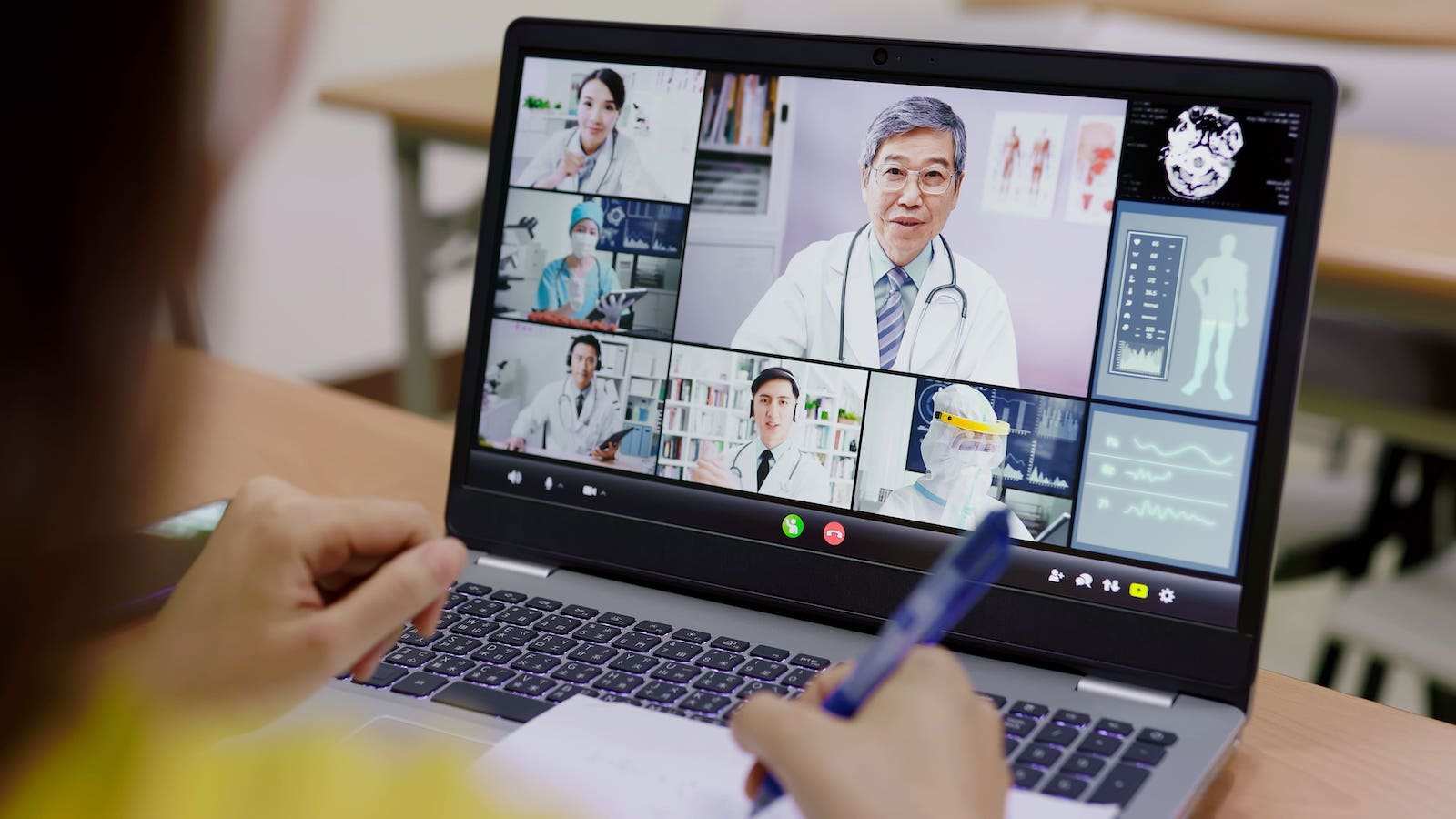A recent study published on October 7, in BMC Medical Education, claims that e-learning for medical undergraduates is as effective as in-person learning.
The study, “Advances in e-learning in undergraduate clinical medicine: a systematic review” assesses the results of 42 studies on e-learning for medical undergraduates from 1990 to 2021. Due to technological advances, the 42 studies address a variety of e-learning modalities from blended learning, text-based, to solely online lecture formats.
From the data collected, researchers concluded that e-learning for medical undergraduates is not only an effective form of pedagogy but also a highly accessible one. Switching to online instruction cuts costs and removes both distance and financial barriers. As a result, more students can access an effective medical undergraduate education regardless of location or socioeconomic status.
The study suggests that e-learning for medical undergraduates may increase learning outcomes because students are no longer “limited to face-to-face conversations.” Moreover, researchers suggest that increased connectivity and access to a wealth of multimedia content enrich the learning experiences. Despite the promising findings, e-learning has its critics.
British Medical Journal’s Clinical Director Dr. Kieran Walsh claims in a 2016 article published in the Journal of Contemporary Medicine that studies touting the effectiveness of e-learning may be flawed. With e-learning evolving as rapidly as technology, Walsh asserts that researchers studying e-learning are trying to study “a moving target.” As a result, a study on e-learning pedagogy will soon be outdated.
Moreover, Walsh claims that e-learning studies fail to recognize learning the intangibles such as interpersonal communication and keeping calm under pressure, and e-learning methods are susceptible to academic dishonesty. As a result, Walsh concludes that e-learning may not be as effective as studies suggest.
Training doctors adequately is important and necessary to determine the efficacy of e-learning for medical undergraduates.
According to a 2016 survey by Johns Hopkins, over 250,000 Americans die as a result of medical malpractice — the third leading cause of death. Of the 250,000 deaths, half of them are caused by 1.8% of doctors. Therefore, even one poorly trained doctor can have widespread effects on public health.
Despite Walsh’s criticisms, e-learning has become commonplace among medical undergraduate students. Over the years, more medical undergraduates have moved toward online or blended learning – a trend accelerated by the COVID-19 pandemic. As a result, an entire class of future American doctors utilized e-learning during their training.
Never before have so many medical undergraduates been trained at least partially online. Only time will tell if e-learning will produce doctors with the ability to provide adequate care.






